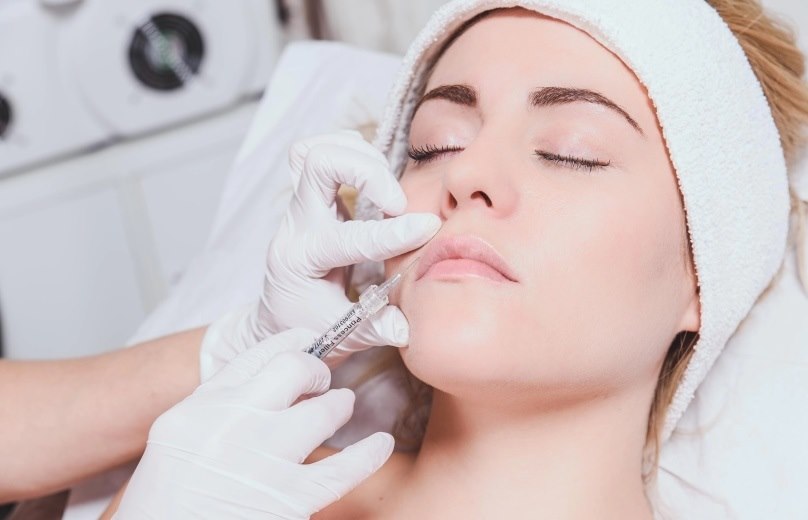A few Botox legal issues have been arising of late involving Perth Botox parties. Groups of friends are getting together, often with illegally obtained cosmetic injectables, for a “Botox party”.
In Australia, there is a strict set of criteria around the use of Botox and other cosmetic injectables, which means there may be some legal issues with these parties, and lawyers may need to be involved.
What Does the Law Say?
In Australia, Botox is a schedule 4, prescription-only drug. This means it can’t be advertised to the public and must be administered with medical supervision.
Nurses with the correct qualifications can administer Botox, but they must have a doctor’s prescription. Nurses don’t have to be supervised by a doctor when administering it.
Because of the laws surrounding not having a doctor present, some nurses in Australia have been seen to be administering Botox at parties set up for the occasion. According to some sources, these parties often have alcohol and sometimes drugs present, which may mean that informed consent may be hard to achieve.
What’s Happening at Botox Parties?
A News Corp article referenced two parties that involved products obtained from overseas providers. Partygoers were apparently under the influence of drugs and alcohol.
In one party, a consultation was given to the group from an India-based GP by conference call. Because the GP was not registered in Australia, the act was illegal.
According to the Cosmetic Physicians College of Australasia (CPCA), the set of circumstances at these parties was dangerous. They said that cosmetic medicine required a medical practitioner’s consultation – a practitioner with experience in patient psychology and patient management.
What About Teleconsulting for Botox?
In the case of the second party that had relied on an India-based GP for a teleconsultation, there are also strict rules about how these scenarios should play out.
According to the CPCA, the medical practitioner must, at a minimum:
Work in cosmetic medicine at least part-time
Be a member of the cosmetic medical college or society
Meet the nurse performing the Botox or cosmetic injectable in person and have a professional relationship with them
Be sure of the nurse’s training and experience
Accept responsibility for the outcome of the treatment
Ensure the patient has an annual review by teleconsultation or face to face
Be available to offer advice and support in case of an emergency
Make sure the person performing the treatment has access to hyaluronidase in the event of arterial embolism and a medical kit to deal with allergic reactions
The CPCA also went on to say that in 2016 alone, one in 10 Australians had their last non-surgical cosmetic treatment performed in a home environment instead of a doctor’s clinic. That figure was double from the previous year, 2015.
How to Get Botox?
Given the grey areas of Botox parties in a legal and safety respect, they are certainly not recommended. However, if you’re looking at cosmetic injectables for wrinkles, fine lines, or something else, there are other ways to get it.
Visit your GP for help and advice regarding Botox. They can walk you through the treatment, advise on whether it’s right for you, and offer helpful information on care, side effects, and more. That way, you can avoid Botox parties that may be held in unsafe environments.
There may not be a hard and fast ban on Botox parties, but it’s evident that they are not as safe as Botox through standard means. Rather than be a member of a Botox party, talk to your GP about whether Botox is right for you.







